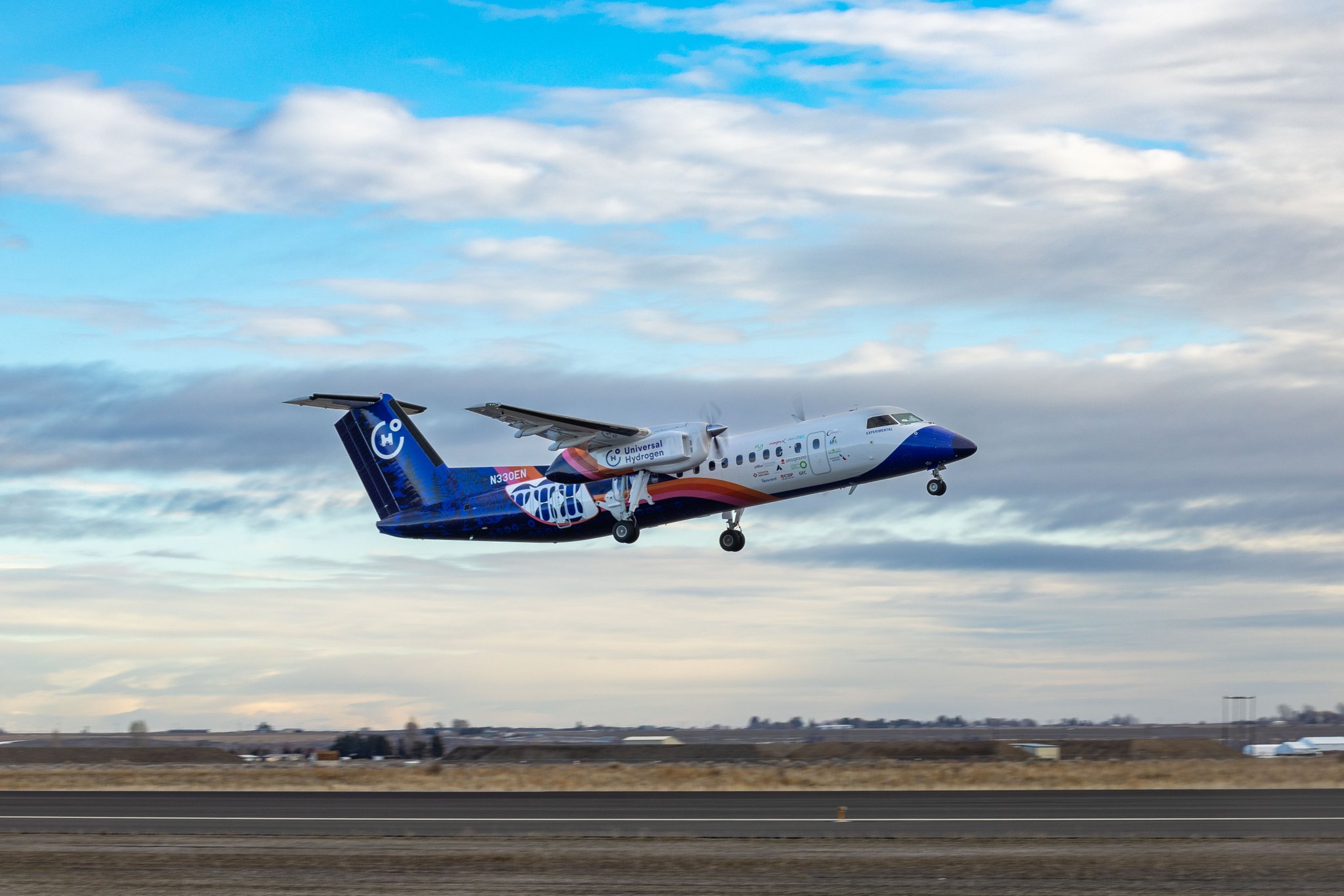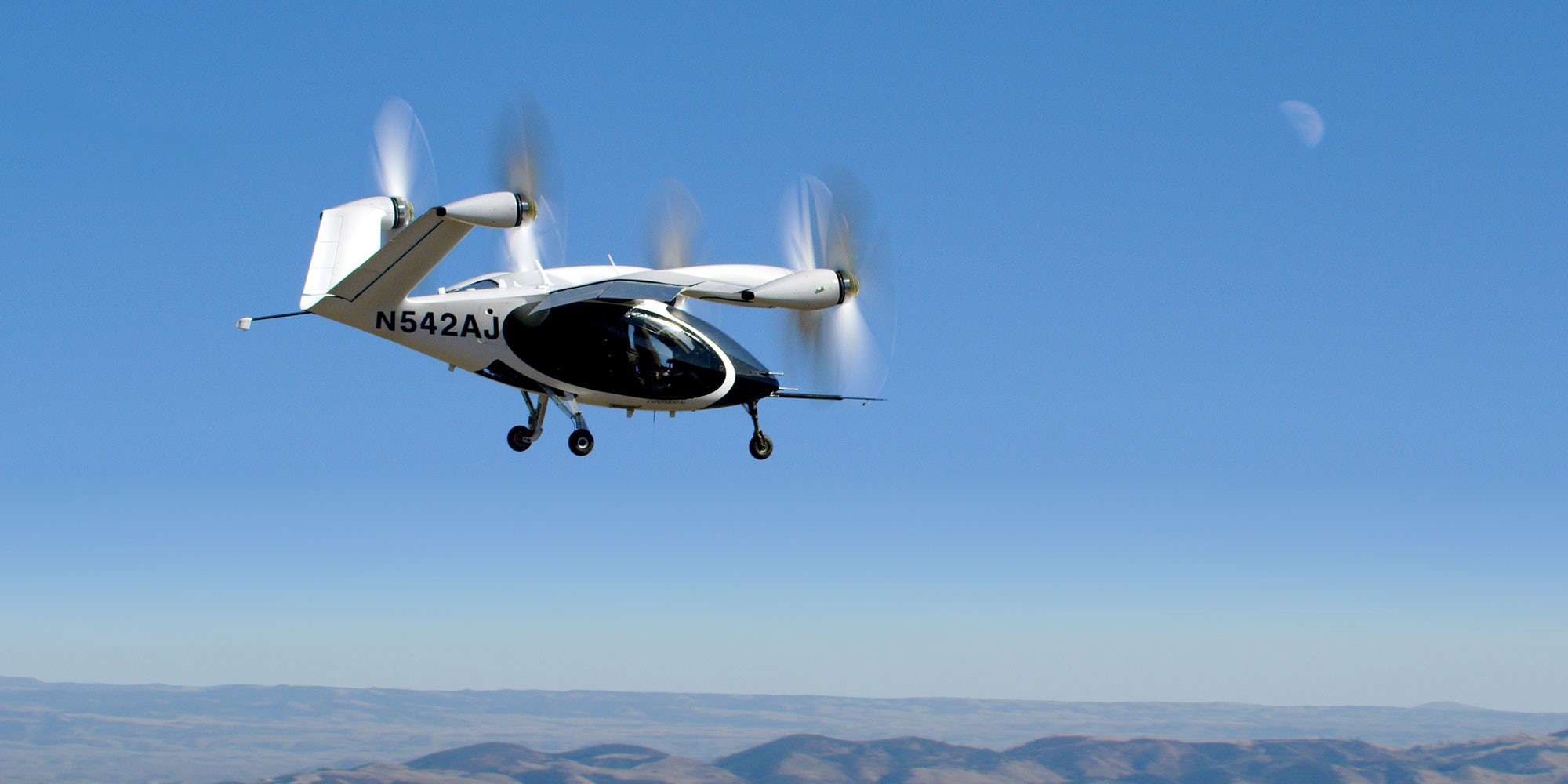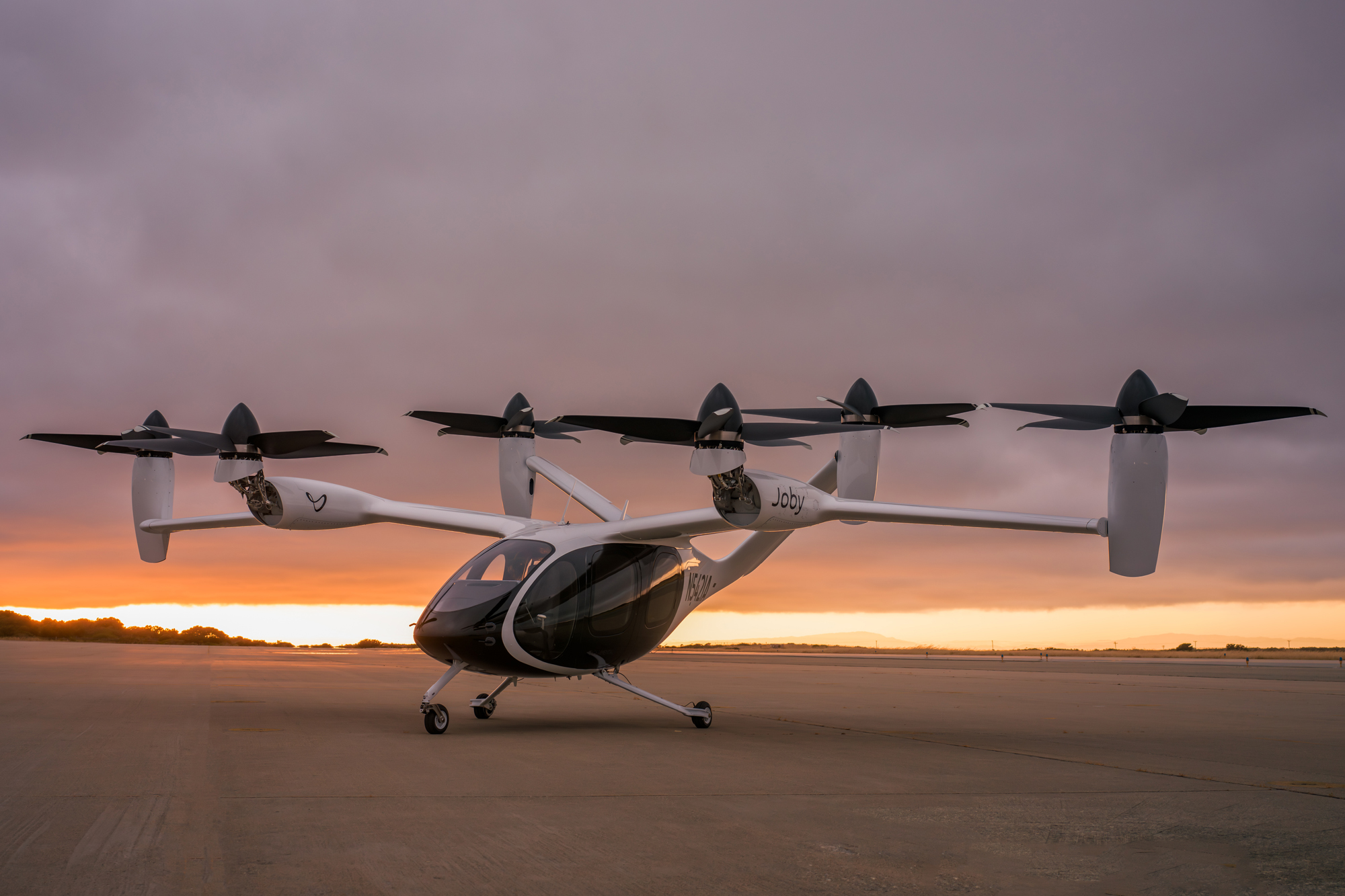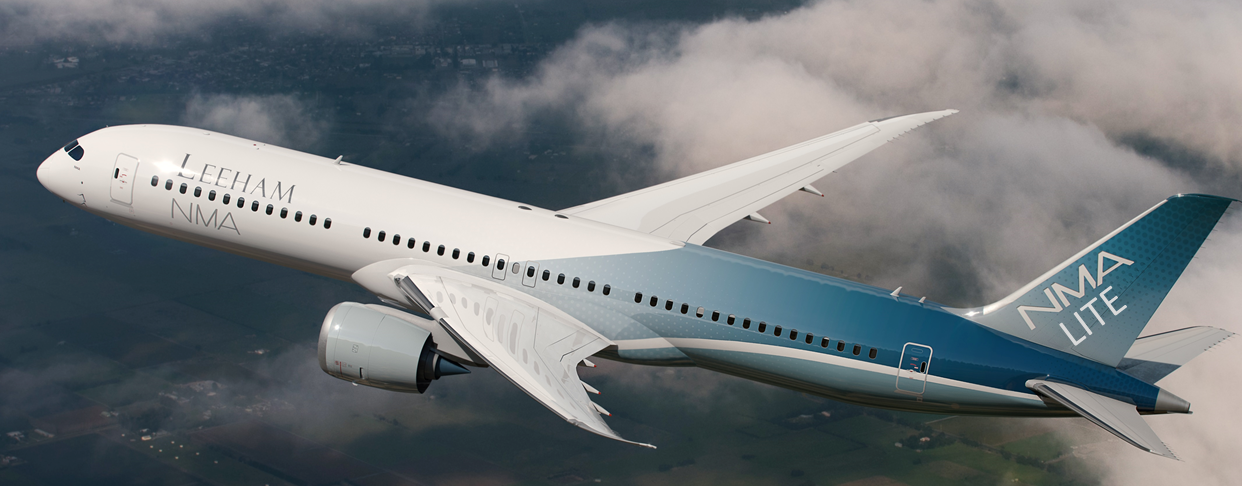Leeham News and Analysis
There's more to real news than a news release.
The reality behind the eVTOL industry’s hyperbole, Part 6.
Subscription required
By Bjorn Fehrm
August 17, 2023, © Leeham News: We look at the promises that the VTOL industry has made in their Investor prospects and what the reality is as they come closer to Certification and production.
We used our Aircraft Performance and Cost model to understand the data for the typical missions for the Joby S4 and Archer Midnight VTOLs and how the economics pans out for these missions. We now look at the results and compare them to what’s been projected from the OEMs.
Summary:
- We found the VTOL OEM’s economics for the typical 10-minute shuttle flights optimistic.
- When we go back and look at investor deck projections, the cost comparison to helicopter costs were totally off the mark. When we correct this the VTOL is more expensive to operate then an equivalent helicopter.
Can airlines internally rapidly reduce CO2 and delays?
Subscription Required
By Michael Baiada
Special to Leeham News
July 31, 2023, © Leeham News: Sustainable Aviation Fuel (SAF), battery- or hydrogen-powered airplanes, eVTOLS and Advanced Air Mobility vehicles get all the headlines when it comes to reducing emissions in commercial aviation.
One area that doesn’t get much in the way of headlines is improvement in the “day of” airline operation. Improvements in ATC or ATM receives most of the attention. But a “single” sky in Europe and “free flight” or “NextGen” Air Traffic Management (ATM) in the USA on the Air Traffic Control (ATC) side remain hypotheticals, largely because of funding and political issues, not to mention that airline delays, congestion and excess CO2 are not an ATC problem.
On the airline side, Alaska Airlines experimented with a software planning program called Airspace Intelligence that saved 2.7 minutes per flight. This doesn’t sound like much, and in the scheme of things, it isn’t. But this amounted to the equivalent of 17m miles driven by cars during the experiment.
But just how well are efforts working around the world that are currently underway to increase airspace and airport efficiency and reduce airline delays, congestion, cancellations, and excess CO2?
For the last four decades airlines and ATC have literally spent hundreds of billions of dollars on new equipment, new aircraft and new technologies. Yet little has changed. Airline delays, congestion, cancellations and excess CO2 happen over and over again.
Of course, the obvious question is Why – Why can’t the US Federal Aviation Administration (FAA) and other authorities solve this problem?
The reality behind the eVTOL industry’s hyperbole, Part 3.
Subscription required
By Bjorn Fehrm
July 27, 2023, © Leeham News: We look at the promises that the VTOL industry has made in their Investor prospects and what the reality is as they come closer to Certification and present their production-level prototypes. We also analyze whether these capabilities will be the final level.
Today we go through the trickiest part of any electric aircraft or eVTOL, the batteries. They are large, very heavy, and the most difficult part to certify on the aircraft, as the battery is dangerous if not designed, produced, and managed correctly.
Summary:
- The battery system of an eVTOL sets restrictions on the operational usefulness of the category.
- The everyday operational utility of VTOLs is far from the industries’ claims.
The reality behind the eVTOL industry’s hyperbole, Part 2.
Subscription required
By Bjorn Fehrm
July 20, 2023, © Leeham News: We look at the promises that VTOL OEMs made in their Investor prospects and the scale-down in capabilities as Certification comes closer. We also analyze whether the reduced capabilities will be the final cuts.
In the end, it’s about how operationally useful real-world eVTOL will be and what mission they do better or cheaper than helicopters. It will decide whether the category will have a breakthrough or not.
Summary:
- The Investor’s presentations from eVTOL OEMs are full of “up to” for speeds and feeds.
- When we use our aircraft and eVTOL performance model, the reality is well short of the claims.
Bjorn’s Corner: New aircraft technologies. Part 20. Efficient flying
July 7, 2023, ©. Leeham News: We explore different technologies in the series that can make our next-generation airliners more efficient and, thus, less polluting.
We have discussed developments of engine and airframe technologies, such as Turbofans versus Open Rotors and different airframe configurations to minimize drag and, thus, energy consumption.
When utilizing these developments to increase efficiency we must fly the aircraft in a different way depending on the technology.
And how we fly the aircraft is not only influenced by the factors we have discussed. We must consider factors at the airplane level, at the airliner operational level, and finally, at the airline fleet level.
The Small Airliner Problem, Part 10. Cash costs for a battery-based airliner
Subscription required
By Bjorn Fehrm
July 6, 2023, © Leeham News: In our series on costs factors that make up Cash Operating Cost for a battery-based airliner with range extenders, we now add Crew costs and Airport/Airway fees.
We then have all the components of the Cash Operating Cost (COC) for the ES-30 and can compare it to a normal propulsion 30-seat turboprop.
Summary:
- The high operating weight and slow speed of a battery airliner increase the Airport/Airway fees and Crew costs for the ES-30.
- In summary, only one Cash cost remains competitive, and the COC total exceeds the cost of a 30-seater turboprop.
The Small Airliner Problem, Part 9. Maintenance costs for battery airliners with range extenders
Subscription required
By Bjorn Fehrm
June 29, 2023, © Leeham News: In our series on fundamental costs factors that make up Cash Operating Cost, COC (Fuel, Maintenance, Airway/Airport fees, Crew costs) for new Green airliners, we have analyzed the energy costs and now move on to the maintenance costs.
For a battery-based airliner with range extenders, it’s a complex mix of battery and gas turbine costs.
Figure 1. The Heart Aerospace ES-30 hybrid 30-seat airliner. Source: Heart Aerospace.
Summary:
- The maintenance costs for a battery-based airliner are high. It’s the batteries that cost, not the electric motors.
- Adding range extenders complicates the propulsion system and adds further costs.
What’s the Green aviation news at Paris 2023?
Subscription required
By Bjorn Fehrm
June 22, 2023, © Leeham News: Every announcement from aircraft deals, OEM updates, or supply chain news now has the words Sustainable/Sustainability injected in every second sentence. It doesn’t matter what the subject is; if it’s about a gas-guzzling way of transporting people at supersonic or even hypersonic speeds or at the other end in an eVTOL which is only as fast as your car on a US highway.
What is the real news about making our air transport system less polluting behind this misuse of the buzzwords? You have to search behind the headlines and the announcements that you know will not turn the dial. Let’s tour the Paris Air Show 2023 and look at the real developments in Sustainability.

Figure 1. First flight of Universal Hydrogen’s DH8-300 with a hydrogen propulsion system on the starboard side. Source: Universal Hydrogen.
Summary:
- The waves of Green propulsion solutions with inflated claims have calmed down.
- It’s replaced with operationally usable solutions that deliver tangible emission gains.
The Small Airliner Problem, Part 8. A battery-based airliner
Subscription required
By Bjorn Fehrm
June 15, 2023, © Leeham News: In our series on fundamental costs factors that make up Cash Operating Cost, COC (Fuel, Maintenance, Airway/Airport fees, Crew costs), we have started analyzing if the size related cost factors also apply to green propulsion airliners and if the trends stay the same or change.
We use the Heart Aerospace ES-30 project as an example of a battery-based airliner with range extenders. Last week we developed the fundamental aero data for the aircraft with our Aircraft Performance and Cost model; now, we fly representative sectors and look at the energy and fuel consumptions compared to a similar-sized turboprop airliner.
Summary:
- There is a difference between what the theory says about aircraft range on batteries and how you have to fly in practice to keep battery costs down.
- The ES-30 has dual range-extending Turbogenerators. They get going more often and at a shorter range than advertised.
The Small Airliner Problem, Part 7. How affected are Green airliners?
Subscription required
By Bjorn Fehrm
June 8, 2023, © Leeham News: We have analyzed the costs factors that make up Cash Operating Cost, COC (Fuel, Maintenance, Airway/Airport fees, Crew costs), and how these vary with different size airliners. The aim was to search for fundamental trends and if these disadvantaged a smaller airliner versus a larger one.
We found that a smaller airliner (we analyzed from 190 seats down to 9 seats) has structural cost disadvantages versus a larger model. The analysis was made with conventional gas turbine-propelled planes so as not to complicate the work. Now we introduce airliner types with green propulsion concepts and see if the trends stay the same or change.
Summary:
- We analyze the fundamental characteristics of a hybrid 30-seat airliner and compare it to the conventional airliners we characterized in the series.
- The negative cost trend for smaller airliners worsens for a battery or hybrid airliner.








